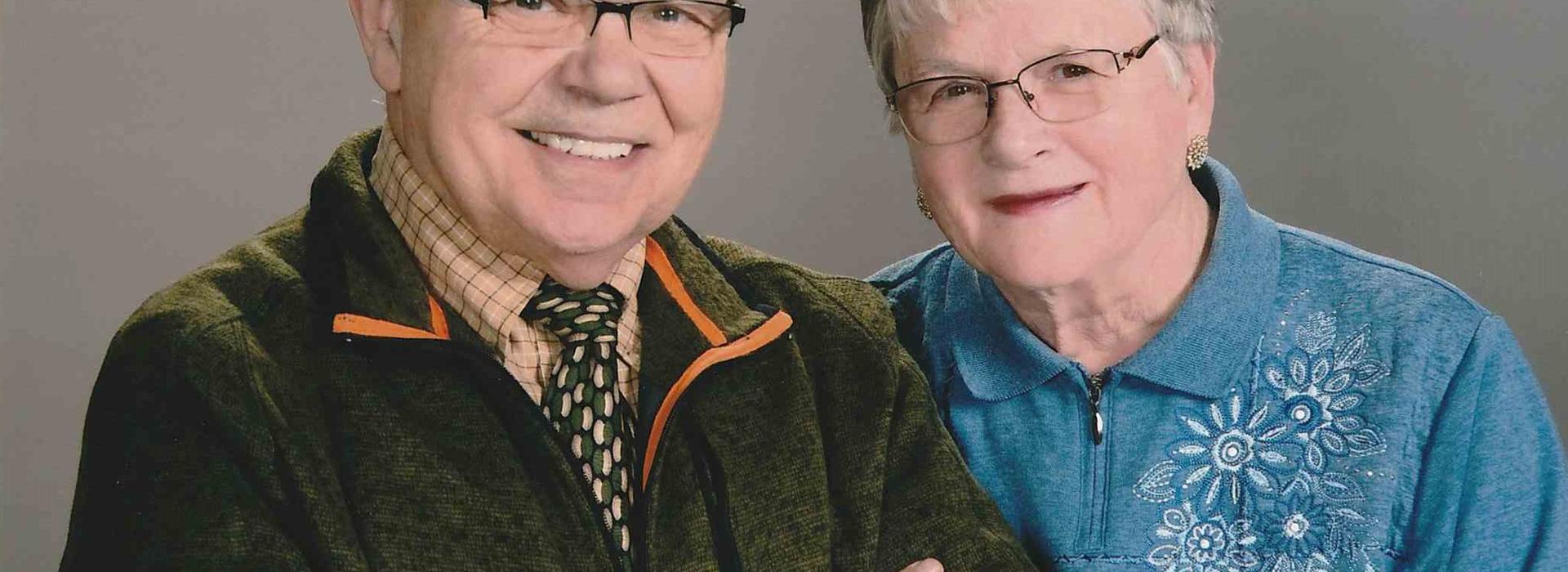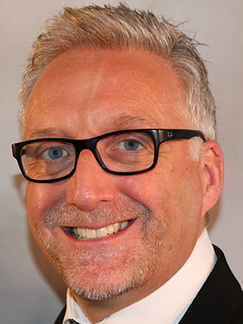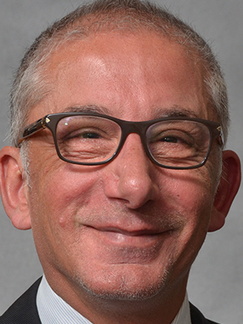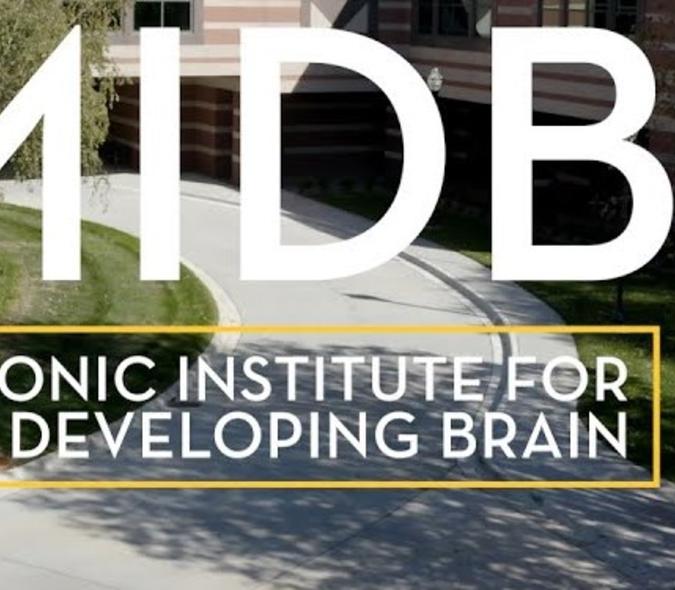
ECT works wonders for elderly woman with treatment-resistant depression
During her 30-year battle with depression, 77-year-old Fridley, MN, resident Marlys Dunlap has undergone numerous medication trials and engaged in psychotherapy on multiple occasions. In the mid-1990s, she completed a series of electroconvulsive therapy (ECT) sessions. Because she often partially responded to or developed debilitating side effects from the medications – and doesn’t remember positive results from her first experience with ECT – nothing seemed to give her long-term relief.

In late 2016, Marlys’ long-time psychiatrist retired and referred her to David Bond (pictured at left), MD, PhD, of the U’s Department of Psychiatry and Behavioral Sciences, with the hope of improving her condition. “When Marlys got depressed, she tended to ruminate over negative thoughts in a way that was very anxiety-provoking for her,” said Bond. “Less frequently, she experienced hypomanic episodes – short periods of elevated mood, increased energy and drive – the opposite of her depression.”
Retrying ECT
In 2018, Bond referred Marlys to his colleague, Stephen Olson, MD, to see if she would once again be a good candidate for ECT. Olson believed so and had Marlys begin a new series of ECT sessions. Bond prescribed lithium for her as well. “There is quite a bit of evidence that suggests combining lithium with ECT helps improve the therapy’s long-term results,” he said. “With that combination, Marlys had a truly extraordinary response. She stayed well for an extended period.”
“It was a Godsend,” said Marlys. “The ECT and the lithium worked wonders.”
John, her husband of 52 years, agrees. “It seems like a miracle that Marlys has minimal memory loss from the ECT, no longer has crying spells and is a much happier person,” he said. “For now, gone are the days of her languishing in bed most of the day, too fearful to arise.”
After two years, however, adjustments had to be made. Marlys began to have side effects from the lithium and was taken off the drug, which reduced the ECT’s effectiveness. Her depression returned with a vengeance. And then, the COVID-19 pandemic limited Olson’s ability to treat Marlys, so her care team had to scramble to ensure she could continue to receive ECT. She would eventually be referred to Bond and Olson’s colleague, Ziad Nahas, MD, MSCR, for those treatments.
Potent treatment

“Electroconvulsive therapy is by far one of the most potent acute depression treatments,” said Nahas (pictured at left). “In geriatric depression, it is the safest and most effective way to get someone help.” He added that this medical procedure has been vastly improved over time.
“It took decades to acknowledge that patient complaints of side effects following ECT were real,” said Nahas. “In the mid-eighties, research began to specifically identify the types of cognitive issues and memory losses associated with ECT and then to refine stimulation parameters to minimize them.”
Improving the procedure
Nahas believes that the psychiatric field understands more now about how to manipulate these parameters and how to place stimulating electrodes to get better outcomes. To improve the treatment even further, he is currently involved in a study known as FEAST (Focal Electrically Administered Seizure Therapy). “We’re trying to sculpt electrical fields to induce a seizure targeting areas in the brain that regulate mood without disturbing the hippocampi, key areas related to memory formation,” he explained. “We’re seeing no cognitive impairment as a result.”
The ECT procedure itself has come a long way. After a thorough psychiatric and medical examination, patients are given details about the potential risks and benefits and then sign an informed consent. On the day of treatment, a nurse does an initial assessment of current symptoms and then takes the patient to a room where they lie down on a stretcher. Medications for headache and nausea are administered via IV. The patient is then taken to the procedure room where a short-term anesthetic and muscle relaxant are administered. “When the patient is fully relaxed, we administer seconds’ worth of stimulation,” said Nahas. “The resulting seizure lasts for 30 to 60 seconds.” With the muscle relaxant, the seizure occurs in the brain only without any convulsions in the body, he noted.
Weighing the risks
The team waits until the patient is back to breathing on their own and takes them to the recovery room where their vital signs continue to be monitored. When they wake, they are asked a series of questions designed to test their orientation. “The longer it takes a patient to get fully oriented, the more likely they will have long-term cognitive side effects,” said Nahas. “It helps us understand the risk for these future impairments fairly quickly and helps us assess the benefits. If you are treating someone with ECT who is not exhibiting the amount of recovery expected and is not responding accordingly, it’s time to do something different.”
Although ECT is often considered as a last resort for patients who failed other treatments, Nahas acknowledges that people could benefit from it being used earlier in their treatment cycle. “There are certain situations, however, in which ECT is prescribed more quickly,” he said. Some of those conditions include psychotic depression, severe suicidal ideations, catatonia, and refusing to eat – conditions that threaten the life of the patient.
Can’t say enough
Marlys believes in the effectiveness of the procedure and highly recommends the M Health Fairview ECT staff, noting, “I can’t say enough good about them — Dr. Nahas and his crew, the nurses, and the anesthetists.” Bond, Marlys’ primary psychiatrist, has also been instrumental in her recovery. “He works closely with Dr. Nahas to prescribe appropriate medications and gives me regular emotional support through my appointments with him,” she said . Marlys is also grateful for her husband's support. Anyone going through ECT must have a reliable person get them to and from their appointment and stay with them for six hours. John is usually that person.
“ECT works really well for me,” said Marlys. “It minimizes my crying spells and mitigates my obsessive tendencies. It’s been the only thing in 30 years that has stabilized me for any length of time.”
If you have questions about ECT at M Health Fairview, please call 612-273-8710.



